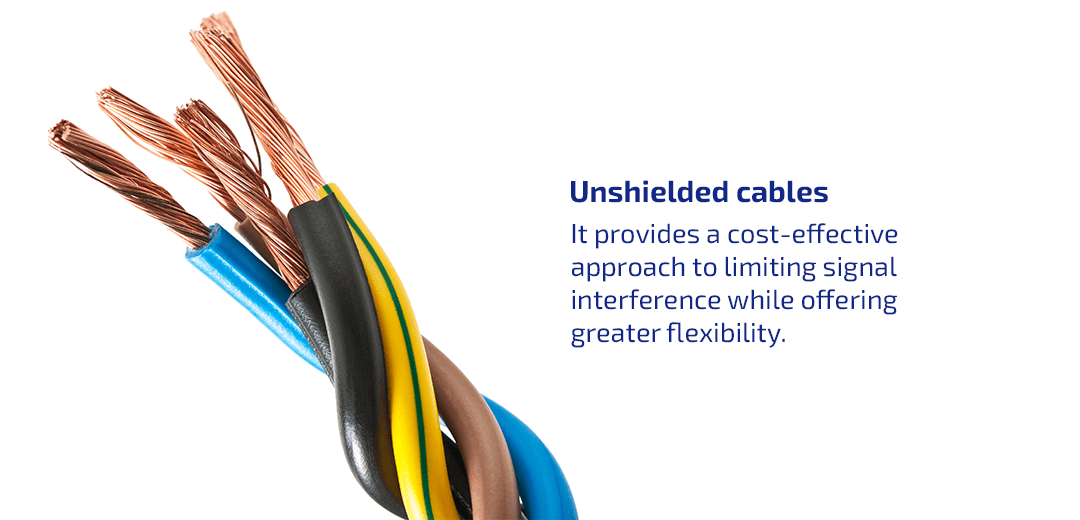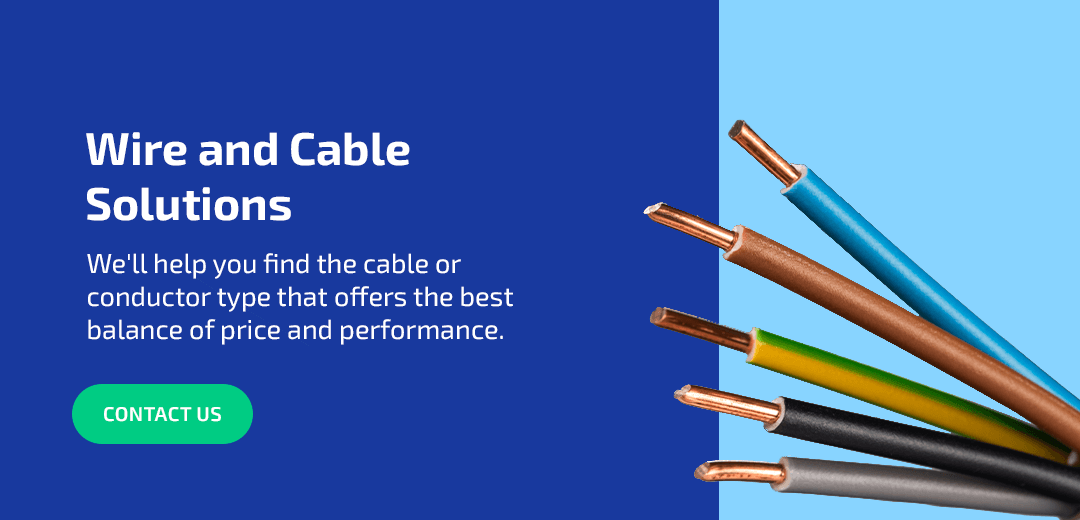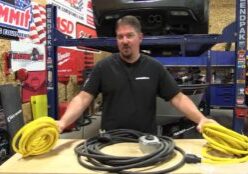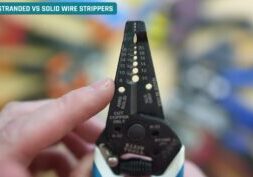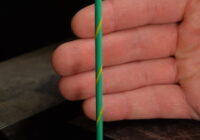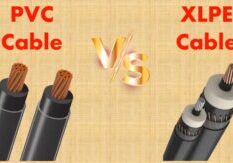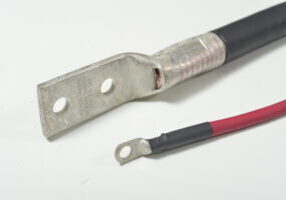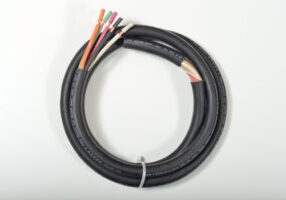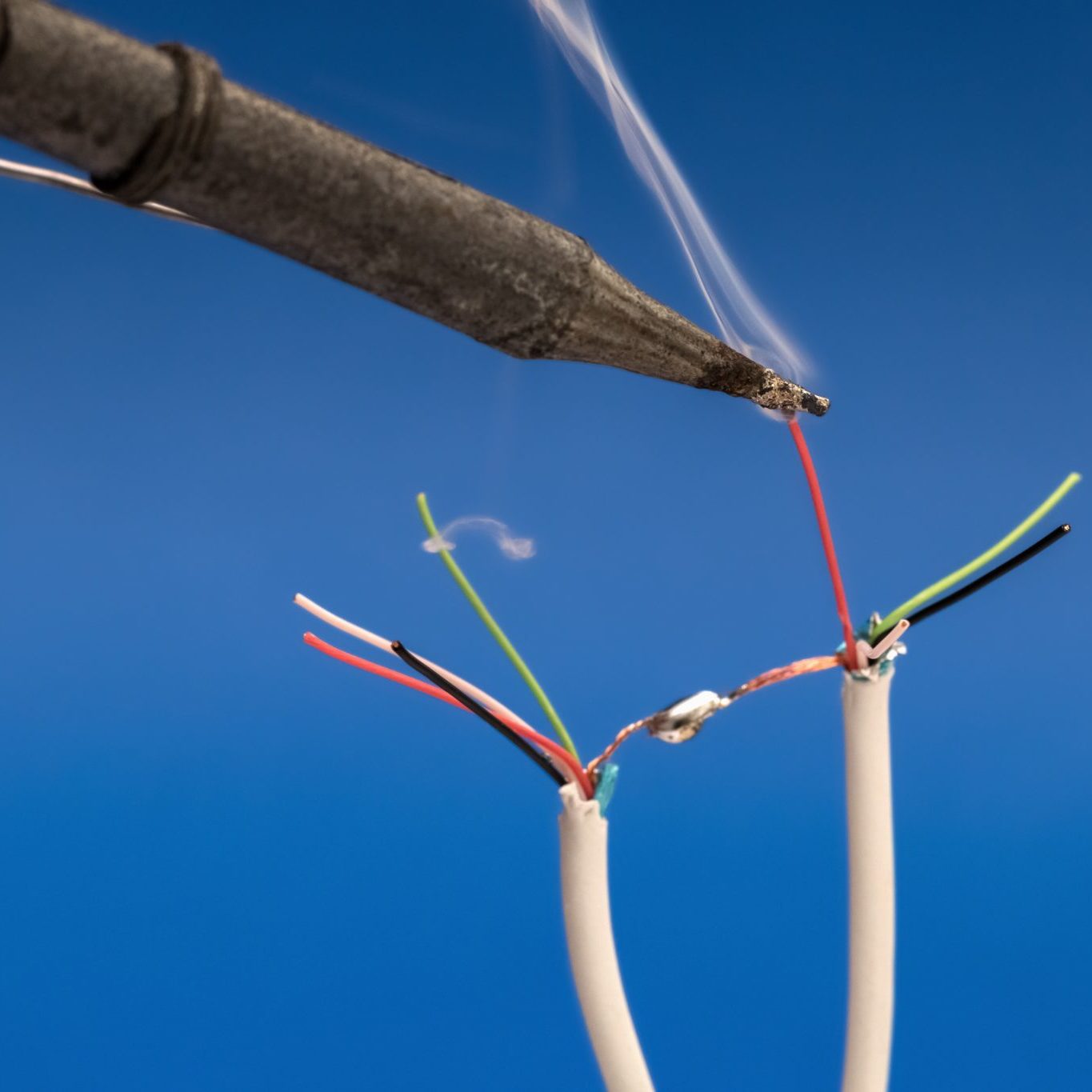
Nov 16, 2022
The Different Types of Multiconductor Cables and Their Applications
Multiconductor cables are integral in conducting electricity, as they transfer power and signals to electrical appliances and technology devices. These functional cables are likely present in every room within a house and even extend to the outdoors, enabling exterior lighting and irrigation systems to work.
Due to the popularity of multiconductor and portable cables, you need to know how to identify the different types, including SJOOW vs SOOW and Type G so you can figure out how and where to use them.
What Are Multiconductor Cables?
Multiconductor cables, also called multi-core cables, have each conductor covered by an insulating jacket that gives it certain protective properties, such as heat, moisture, and chemical resistance. They are fairly flexible and easy to solder.
In addition, multiconductor cables come in various American Wire Gauge (AWG) sizes, with specifications and standards to support safe installations in many different applications. They typically handle between 300 and 600 volts and are rated for maximum temperatures of 90-105°C.
Multiconductor wire can have treatments such as tin coatings or annealing that offer greater functionality in specific environments.
Understanding Multiconductor Cables
Since multiconductor wire can pose electrical hazards, professional skills and expertise are usually required when handling it. Whether you’re installing it, buying it, or simply using products that use it, it’s still helpful to know basic information about these cables and how to use them.
All our portable devices run perfectly because of the presence of these electrical wires and cables. We can use mobile phones, laptops, and tablets because people possess extensive knowledge of wires and cables, which allows them to integrate portable power supplies and complicated circuitry. This also applies to equipment like cars and lawnmowers.
Inside the house, you’ll also find many uses and purposes for multiconductor cables. From the porch and living room to the bedroom and bathroom, wires and cables make the entire house run. We get to enjoy all the comforts of modern living thanks to the connections from these wires and cables. The ability to prepare food, watch our favorite shows and do countless other things around our homes is all thanks to multiconductor cables in their correct places.
Because of how pervasive they are, it is important to know or be familiar with the different types of cables and wires that we use. The most common is the power cable or extension cord. People use this type of cable to plug multiple devices into one wall socket or a device with a short cable, such as a hairdryer. We also use electronic ones to connect two or more devices. For instance, if you have an alarm system at home, it is also activated through this type of cable.
Types of Multiconductor Cables
Knowing the different types of multiconductor cables and their applications is essential to ensure you use the correct type of multiconductor wire for each project. This knowledge is also helpful even if we aren’t doing the job.
When a maintenance specialist comes in to do some odd jobs, knowing a few important things about the wires can help them decide whether buying a specific brand over another would be more practical. This information would also be helpful during emergencies, which would take a long time before help arrives. Basic knowledge about wires and cables helps you handle certain emergency conditions independently.
Here is a brief overview of the five main multiconductor cable categories:
- Unshielded cables: As the name suggests, this is a cable type without shielding. It provides a cost-effective approach to limiting signal interference while offering greater flexibility. Since there’s no shield, the wire is much thinner and can bend more easily, making it ideal for a wide range of indoor networking systems. Some typical applications include burglar alarms, intercom systems and cash registers.
- Shielded cables: This cable type consists of copper multiconductor wire surrounded by a material layer, such as braided copper strands, aluminum foil or some kind of polymer. It effectively keeps electromagnetic interference out and retains the signal’s integrity through the cable. High-speed data transmission, computer connections, control circuits and industrial equipment all rely on shielded cables.
- Fire alarm cables: There are various types of fire alarm cables, but one thing they all have in common is their durability. These cables consist of copper to withstand fire and play a crucial role in connecting control panels, detectors, alarms and more in one system.
- Thermostat wires: Temperature control systems — such as furnaces and air conditioning systems — require thermostat wires to ensure the conditions stay within the certified ranges. These multiconductor wires are distinguishable by colors and numbers, so working with a professional is best to ensure seamless repairs and installations.
- Speaker wires: While all home entertainment systems likely contain speaker wires, these multiconductor cables differ vastly. Thicker variants offer lower resistance, allowing signals to move through the cables and produce optimal sound quality.
Types of Multiconductor Portable Cord
There are numerous types of multiconductor portable cords on the market, but they serve very different functions. See how their properties compare so you can select the best one for your application:
- SJOOW Cable (300-volt): These portable cables are oil-, water- and weather-resistant, making them durable in challenging environments. With a smaller 300 voltage, SJOOW cables are ideal for smaller applications, such as powering household appliances and portable tools.
- SOOW Cable (600-volt): Professionals rely on these durable cables for heavy-duty applications, like battery chargers, industrial tools and heavy equipment. SOOW cables are available in 2 to 18 AWG sizes, enabling you to find the perfect width for your indoor and outdoor applications.
- Type W: If you need a versatile cable for a range of heavy-duty environments, Type W cables are your solution. The entertainment industry relies on these cables extensively to support different types of portable power in both temporary and permanent applications.
- Type G and G-GC: An essential part of many applications is grounding, and Type G and G-GC cables offer this ability. These cords are similar to SOOW cables, yet they have a small grounding wire for each conductor.
Wire and Cable Solutions — How WesBell Electronics Can Help
If you’re looking for PVC wire, consider our hook-up wire. Our PTFE wire offers an effective solution if your application involves high temperatures. If you don’t see the cable you need, we are happy to help — just contact the professional team at WesBell Electronics and walk us through your project. We’ll help you find the cable or conductor type that offers the best balance of price and performance.

